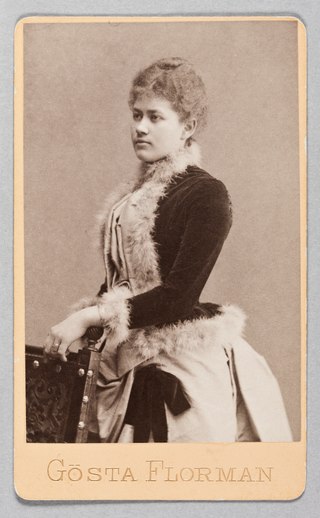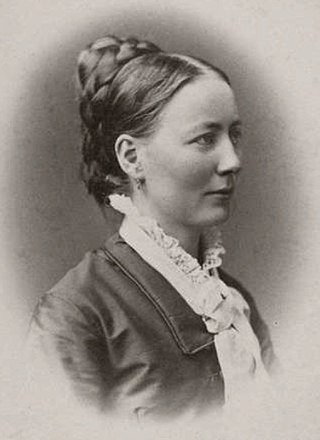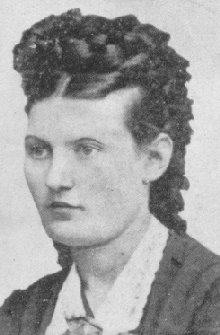Related Research Articles

Amalia Euphrosyne Lindegren was a Swedish artist and painter. She was a member of the Royal Swedish Academy of Arts (1856).

Countess Amalia "Emilie" Wilhelmina von Königsmarck was a Swedish noble, known as a dilettante artist (painter), amateur actor, and poet.

Ulrika "Ulla" Sophia von Strussenfelt, was a Swedish writer. She was a popular writer of historical novels and has been referred to as one of the most productive Swedish novelists of her time.

Elsa Borg was a Swedish educator and social worker. She is known for being the founder of the Christian Bible Home for women and its combined mission work and social work among the poor in Stockholm.
Margareta Birgersdotter Grip (1538–1586), was a Swedish baroness, writer and landowner. She is known for her writing: she copied letters and documents from the Middle Ages, the originals of which have since been lost, and for her genealogical research. Genealogical works became common among the nobility after her day, and her work is considered the first of the genre in Sweden.

Ebba Johanna Cecilia von Eckermann née von Hallwyl was a Swedish women's rights activist.

Eva Johanna Andén was a Swedish lawyer. She became the first woman member of the Swedish Bar Association on 14 March 1918.

Sofie Amalia Ribbing was a Swedish painter of the Düsseldorf School. She specialized in portraits and genre scenes, often placed in family settings.
Birgitta Ingvaldsdotter was a Swedish merchant. She belongs to the earliest businesswomen in Sweden about whom there is any significant amount of documentation.

Johanna Brunsson (1846–1920) was a Swedish weaving arts instructor and school founder.
Maria Andersson (1837–1922) was a Swedish textile industrialist and philanthropist.
Sigrid Björkegren (1845–1936), was a Swedish shipowner.
Augusta Jansson (1859–1932), was a Swedish entrepreneur.

Henriette Killander (1816–1898), was a Swedish furniture designer and music composer.
Lovisa Mathilda Nettelbladt (1814–1867), was a Swedish novelist and travel writer. She wrote under the pseudonym m-n. She lived in the United States between 1850 and 1856, and she is foremost known for her travel book about her life in North America, which belongs to the earliest literature published of a Swedish emigrant as well as a Swedish female emigrant to the USA.
Amalia Redec, was a Swedish pianist and composer. She was a concert pianist and a piano teacher and she produced compositions for piano music in the style of the Romanticism of the 1850s.

Jaquette Liljencrantz (1848–1920) was a Danish writer, journalist, Women's rights activist and socialist.
Alida Rossander (1843-1909) was a Swedish educator, mathematician, women's rights activist and bank clerk official. In 1864, she became the first female bank clerk official in Sweden.
Mazahr Makatemele (1846-1903) was an Afro-Swedish domestic. She was a local profile in the history of Kalmar and is known as one of the first Afro-Swedish women whose life is documented.

Amalia Wilhelmina Fahlstedt was a Swedish writer, educator, and translator. Throughout her career, she wrote numerous books, and was an active member of the 19th century women's movement.
References
- ↑ Maria Amalia Gustava Planck, http://www.skbl.se/sv/artikel/AmaliaPlanck, Svenskt kvinnobiografiskt lexikon (artikel av Brita Planck), hämtad 2020-07-12.